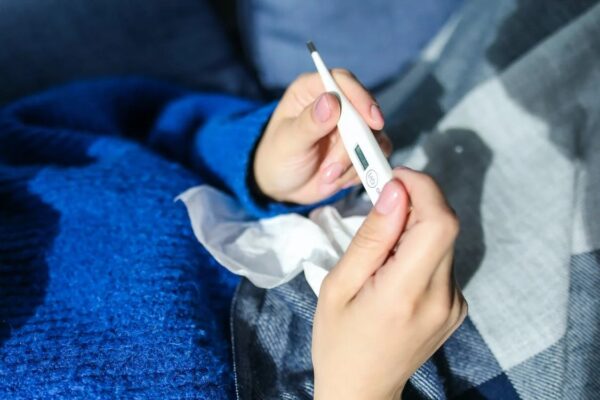COVID-19 and flu continue to cause illness across Europe, resulting in hospitalisation. However, vaccine uptake for both diseases is too low, according to Karam Adel Ali, Policy Expert on Communicable Diseases Prevention and Control at the ECDC.
Key points
- Pandemic is not over ‒ vaccines protecting against severe disease and death
- Flu cases higher than 2021 ‒ vaccination too low as ‘twindemic’ concern remains
- Catch-up programmes needed for those who missed routine jabs during the pandemic

In an interview with Vaccines Today to mark European Immunisation Week, Mr Adel Ali expressed concern about getting routine vaccination programmes back on track.
The ECDC has said it is too early to consider a fourth dose of COVID-19 vaccine in the general population, Re-vaccination campaigns may begin in the autumn, possibly with updated vaccines.
Read the full interview with Mr Adel Ali below.
According to the ECDC tracker, uptake of third doses of COVID-19 vaccine is much lower than for second doses and there are big differences across Europe in terms of uptake. What is your assessment of the situation with COVID-19 vaccination and what could be done to improve uptake?
There is an urgent need to increase the uptake for the third dose, but also to identify and reach out to those that are still partially vaccinated or non vaccinated with regards to the primary series. Even in countries that have achieved a high coverage, immunisation gaps persist and it is important to continue working at increasing vaccination rates.
It is expected that differences will be observed in uptake between doses and across countries and communities. However, accelerating the pace of efforts relentlessly ‒ even in the context of more open societies ‒ is critical to maximise opportunities for individual and public health protection. The pandemic is not over, and the vaccines we have at hand are doing a tremendous job at protecting against severe disease, hospitalisations and deaths.

How has this year’s flu season turned out?
For the European Region as a whole, influenza activity has increased and remains well above what was seen in 2020-2021 but is still at lower levels compared to seasons prior to the COVID-19 pandemic. Influenza activity first peaked in week 52/2021 (when it reached 20% positivity), declining thereafter until week 4/2022 and reaching a plateau phase since week 10/2022.
The situation in terms of vaccine uptake continues to be suboptimal especially with regards to the categories most at risk. ECDC will soon publish an assessment of trends in coverage for the seasonal flu vaccines observed thus far, and that will hopefully inform action for the upcoming season. Concerns about the so-called twindemic remain and it is important that efforts to increase uptake for COVID-19 vaccines are sided by efforts to increase the seasonal flu vaccine uptake in a context of increased need to ensure the protection of those most at risk.

Are there opportunities to improve life-course immunisation given the current increased awareness of the value of COVID-19 vaccines for people of all ages?
We have certainly learnt several lessons from the pandemic and many important aspects of the rollout of COVID-19 vaccine can be translated to the rollout of other vaccines, with a lifecourse approach. It also remains to be seen how the rollout of COVID-19 vaccines should be integrated in routine programmes, if that were to be needed.
Are you concerned that disruption to immunisation services during COVID-19 leaves some European populations vulnerable to outbreaks of measles and other highly-infectious conditions?
Our surveillance data will enable us to analyse to what extent this has been the case, especially during the lockdown phases that several EU Member States have implemented. The identification of cohorts that are under-immunised as a consequence of the pandemic remains crucial and efforts must be put in place to roll out catch-up programmes aimed to reach out to such groups.

What can EU countries welcoming people from Ukraine do to improve protection against COVID-19, measles, polio and other infectious diseases for which vaccine coverage may be low or not known?
Vaccination for priority diseases is an important area. ECDC has published operational considerations on this early on during this crisis, where we mention diseases like measles, COVID-19 or polio as a priority. Another issue is providing the continuity of care of some chronic conditions like tuberculosis and HIV infection.
The provision of long-term care and psychological care is also very important and this goes beyond communicable diseases. People who are fleeing also have disabilities and this has to be taken care of. It may be that the receiving countries will need support in this provision. Here the collaboration within the European Union is very helpful, for example the mechanisms of DG ECHO.



